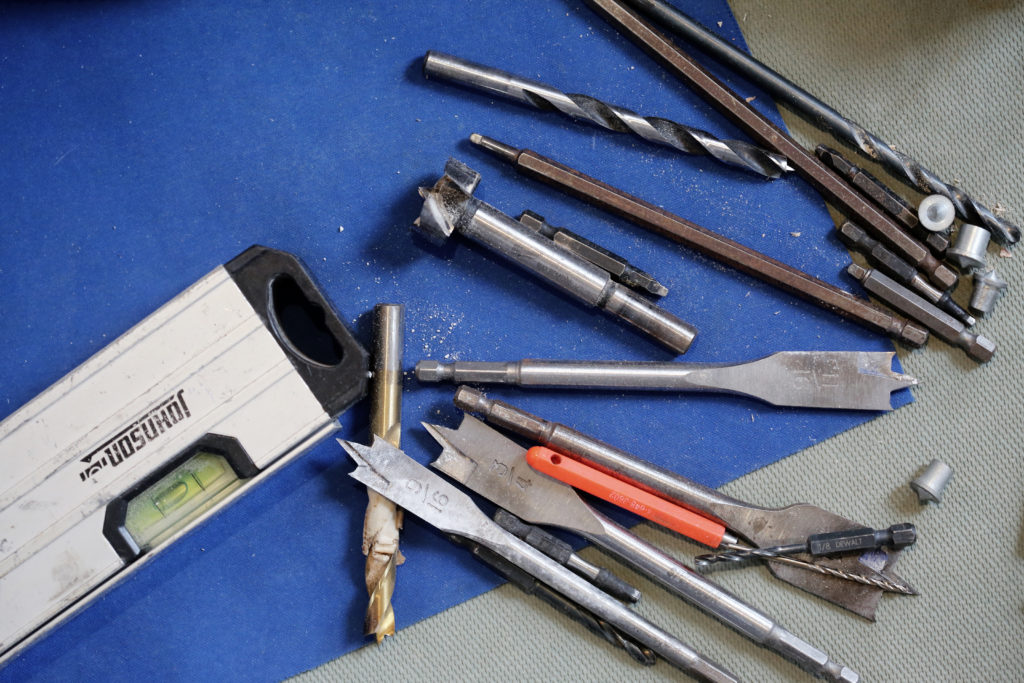Oversupply concerns may have finally caught up with the seniors housing market and slowed construction—and that may be good news for keeping the sector in balance, as it currently is seeing occupancy slip amid surging growth in inventory.
The average occupancy rate for seniors housing properties in the first quarter of 2016 fell 10 basis points from the previous quarter to 90%, the National Investment Center for Seniors Housing & Care (NIC) said Tuesday. The occupancy rate for assisted living properties and independent living properties averaged 88.3% and 91.3%, respectively, for the quarter.
Inventory growth is partly to blame.
The annual inventory growth rate for seniors housing in the first quarter of 2016 jumped to 2.5%—its strongest pace since 2009, NIC MAP data show. And although current construction as a share of existing inventory for seniors housing fell from 5.7% last quarter to 5.5% in the first quarter of 2016, 5.5% is still 0.4 percentage points higher than the figure recorded in the first quarter of 2015.
Meanwhile, seniors housing annual absorption in the first quarter of 2016 totaled 2.5%, up from 2.1% the previous quarter.
The pace at which new seniors housing projects are breaking ground is slowing, too, data show. Seniors housing construction starts in the first quarter of 2016 preliminarily totaled 2,737 units, consisting of 1,935 assisted living units and 802 independent living units. Starts totaled 19,243 units—the weakest pace in a year—on a four-quarter basis.
It’s worth noting that the data on starts in the first quarter of 2016 demonstrates a marked slowdown in activity for the second consecutive quarter, Beth Burnham Mace, chief economist for NIC, told Senior Housing News.
Well-publicized supply concerns may be responsible for slowing construction starts, she said. Or, projects may be getting delayed because they’re more difficult to finance.
“It’s probably a little bit of both,” Mace said.
It’s also important to remember that although starts appear to be slowing, there still are a number of units that are under construction. “We’ll have to wait another few quarters to see the impact,” she said.
Still, at the moment, supply and demand may not be so off-balance.
“It seems like we’re almost at an equilibrium point, in terms of the occupancy, and in terms of supply and demand matching each other,” Mace said.
The rate of seniors housing’s annual asking rent growth was 3.0% in the first quarter of 2016, which was 0.3 percentage points higher than the previous quarter’s pace and the highest pace since 2008.
“This strong same-store rent growth reflects the market’s current relatively balanced supply and demand trends, as absorption has largely kept pace with strong inventory growth during the past couple of years,” Chuck Harry, NIC’s chief of research and analytics, said in a prepared statement.
Written by Mary Kate Nelson



